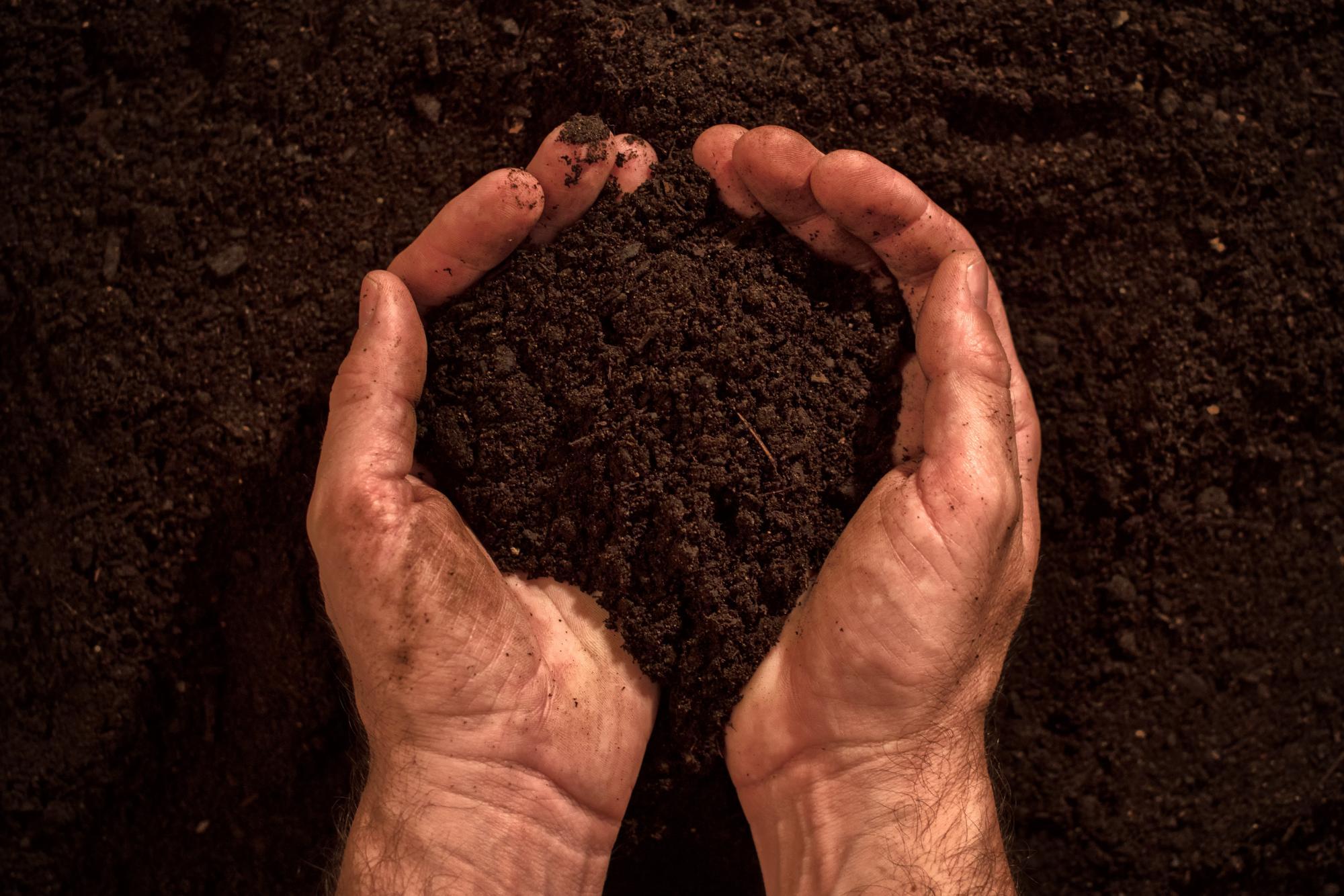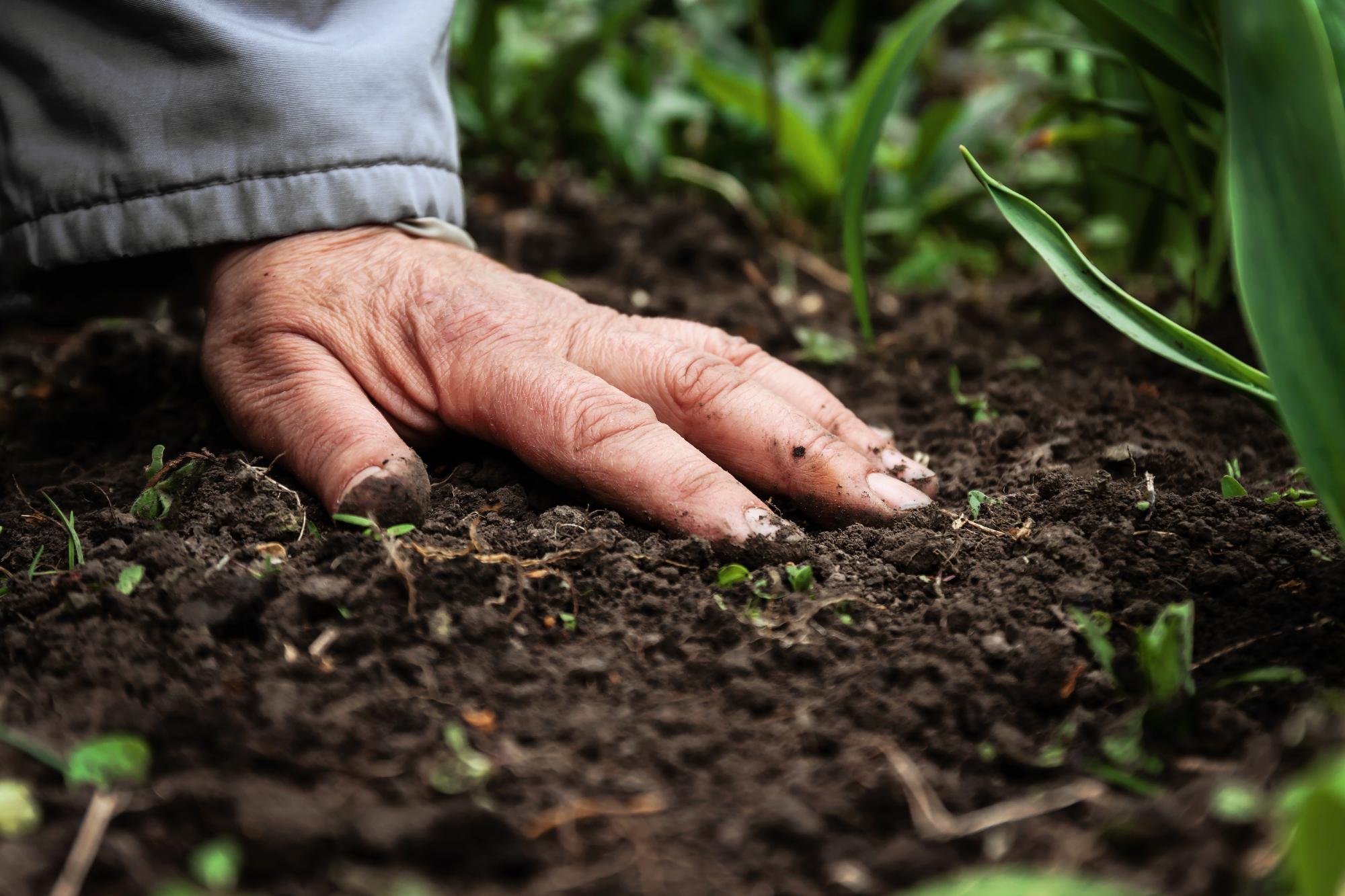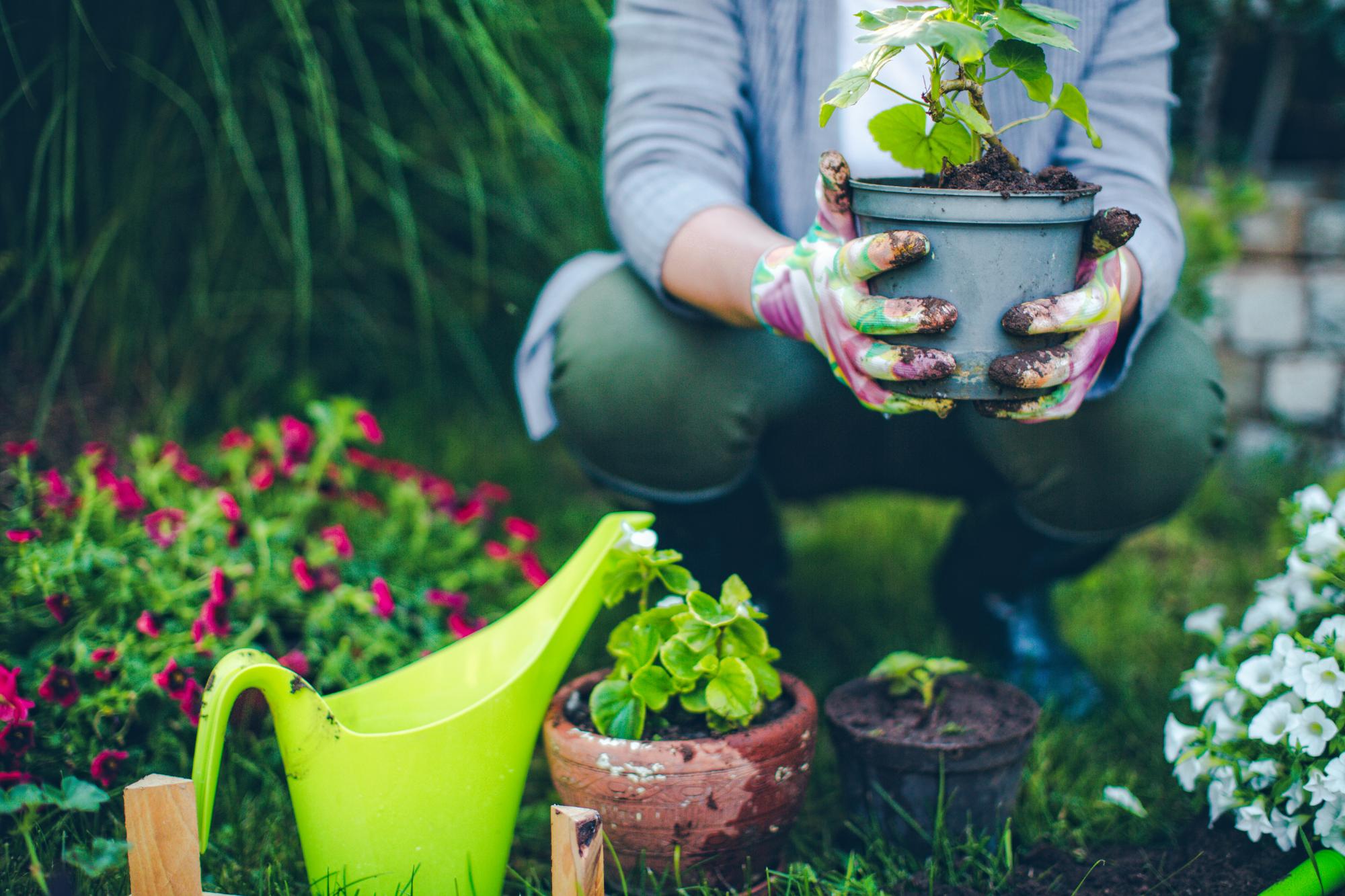
The Difference Between Soil and Dirt
Tags:
Why do we garden in soil, yet when we wash it off our hands or out of our clothes, it is annoying dirt? How can one item have two definitions, one positive and one negative? Soil provides food, trees, shrubs, and flowers, but dirt is a nuisance remove. Yet they are the same thing! The Soil Science Society of America defines dirt as ‘displaced soil’, which covers the scenario above, when you clean up after working in the garden. On a larger scale, think of how much soil gets displaced from a landslide and suddenly becomes dirt!

 Build a compost pile, and add it to your dirt. Organic matter such as leaves, kitchen scraps, and grass clippings attract the beneficial organisms necessary to break it down into beautiful and productive soil. Worms, fungi, microbes, and bacteria are the natural result of good composting practices. Through this video, Dr Elaine Ingham, a renowned soil biologist, speaks in detail about soil microbiology and the importance of compost. You don’t have to be a soil scientist to see that the difference between soil and dirt is compost. Healthy living soil is all you need to have a beautiful yard and abundant vegetable garden, so there is no need for synthetic, toxic pesticides and fertilizers. Next time you go inside to clean up after gardening, maybe leave some soil in the garden to cut down on dirt in the house!
Build a compost pile, and add it to your dirt. Organic matter such as leaves, kitchen scraps, and grass clippings attract the beneficial organisms necessary to break it down into beautiful and productive soil. Worms, fungi, microbes, and bacteria are the natural result of good composting practices. Through this video, Dr Elaine Ingham, a renowned soil biologist, speaks in detail about soil microbiology and the importance of compost. You don’t have to be a soil scientist to see that the difference between soil and dirt is compost. Healthy living soil is all you need to have a beautiful yard and abundant vegetable garden, so there is no need for synthetic, toxic pesticides and fertilizers. Next time you go inside to clean up after gardening, maybe leave some soil in the garden to cut down on dirt in the house!
Soil Is Living
Soil is alive with living organisms such as worms, fungi, insects, bacteria, and organic matter. It supports life with its naturally occurring nutrients and minerals, making it a perfect planting medium. It is a complete and self-sustaining ecosystem. Sand, silt, clay, and organic matter make up soil. The different sized particles create texture and structure, which aid in aeration and drainage. Soil color shows its mineral content. Different soil types are described by their properties. When this magnificent living thing called soil leaves the garden on your hands or clothes, it gets displaced and is now defined as dirt. Nan Fischer
Dirt Is Dead
Dirt is made up of sand, silt, and clay, and it may be rocky. It has none of the minerals, nutrients, or living organisms found in soil. It is not an organized ecosystem. There is no topsoil or humus, no worms or fungi. Lacking texture and structure, dirt does not compact when wet, unlike a handful of soil. The result is run-off and erosion. An old dirt road comes to mind with this definition. Dirt is dead and does not support life. You cannot plant a productive garden in dirt.Soil Formation
All soil began as dirt. Natural soil formation takes thousands or millions of years, as rocks erode into sand and organic matter decays and accumulates. To archaeologists, the resulting layers of soil represent time, each telling how and when it was created. To them, dirt has no history. Think of that landslide again. Ancient layers of healthy soil wash away to a new location with no topsoil, no layers, no organization, and no history. Now it’s a pile of dirt, and the process of soil building must begin again. There are five factors that affect soil formation:- Climate
- Organisms
- Relief (landscape)
- Parent material
- Time
 Build a compost pile, and add it to your dirt. Organic matter such as leaves, kitchen scraps, and grass clippings attract the beneficial organisms necessary to break it down into beautiful and productive soil. Worms, fungi, microbes, and bacteria are the natural result of good composting practices. Through this video, Dr Elaine Ingham, a renowned soil biologist, speaks in detail about soil microbiology and the importance of compost. You don’t have to be a soil scientist to see that the difference between soil and dirt is compost. Healthy living soil is all you need to have a beautiful yard and abundant vegetable garden, so there is no need for synthetic, toxic pesticides and fertilizers. Next time you go inside to clean up after gardening, maybe leave some soil in the garden to cut down on dirt in the house!
Build a compost pile, and add it to your dirt. Organic matter such as leaves, kitchen scraps, and grass clippings attract the beneficial organisms necessary to break it down into beautiful and productive soil. Worms, fungi, microbes, and bacteria are the natural result of good composting practices. Through this video, Dr Elaine Ingham, a renowned soil biologist, speaks in detail about soil microbiology and the importance of compost. You don’t have to be a soil scientist to see that the difference between soil and dirt is compost. Healthy living soil is all you need to have a beautiful yard and abundant vegetable garden, so there is no need for synthetic, toxic pesticides and fertilizers. Next time you go inside to clean up after gardening, maybe leave some soil in the garden to cut down on dirt in the house!
Would you like to be the first to hear about our new products and more? Sign up for our Nature’s Path Newsletter.

